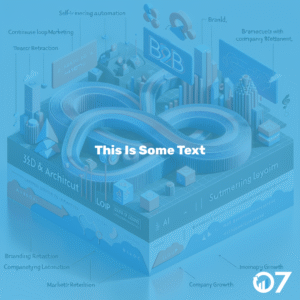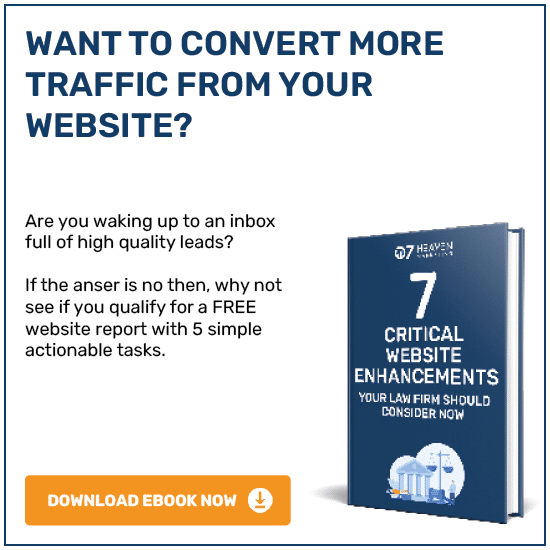Why identifying your target audience matters
Identify target audience is crucial for any marketing campaign that aims to be cost-effective and successful. When you know exactly who your customers are, you can tailor your message and avoid wasting money on uninterested viewers.
Many online ad campaigns fail because they do not reach the right audience. This results in wasted ad spend and missed opportunities to engage potential customers. A clear understanding of your target audience helps focus your marketing efforts where they matter most.
Understanding customer profiling techniques
Customer profiling techniques involve gathering data about your potential buyers to create detailed customer personas. These personas represent typical customers, including their demographics, interests, and behaviours. Using demographic analysis and psychographic profiling can reveal valuable insights into who your audience is.
Consumer behaviour patterns help marketers anticipate needs and preferences. This knowledge allows campaigns to be personalised and more relevant. Accurate profiling leads to better engagement and higher conversion rates.
The role of audience segmentation in marketing
Audience segmentation UK is a method of dividing a broad market into smaller groups of consumers with shared characteristics. Market segmentation strategies can be based on age, location, income, lifestyle, or buying habits. This approach ensures that marketing messages resonate with each segment.
Segmentation improves digital marketing effectiveness by delivering the right content to the right people. It reduces ad spend wastage by avoiding blanket advertising. Businesses that invest in segmentation often see improved campaign performance and return on investment.
Tools and strategies for marketing audience analysis
Various audience targeting tools are available to support marketing audience analysis. These tools collect and analyse data from social media, website visits, and purchase history. They help identify trends and preferences within your target market.
Ad campaign optimisation relies on continuous analysis and adjustment. By monitoring campaign results, marketers can refine their audience segments and messaging. This iterative process maximises the impact of your advertising budget.
Real-world examples of effective audience targeting
A UK-based fashion retailer used detailed customer personas to tailor ads for different age groups. This resulted in a 30% increase in online sales and lower ad costs. Another example is a local gym that segmented its audience by fitness goals, leading to highly relevant offers and increased membership sign-ups.
A technology company applied psychographic profiling to understand user motivations better. They customised their marketing content accordingly, which boosted engagement rates significantly. These cases show how precise audience targeting can transform campaign outcomes.
What to do next
To reduce ad spend and boost campaign success, start by conducting thorough target audience research. Use customer profiling techniques and audience segmentation UK to create detailed personas. Employ audience targeting tools and analyse your marketing data regularly to refine your approach.
Understanding your audience is an ongoing process. Keep evaluating and adjusting your strategies to stay relevant and effective in your campaigns.
Encourage further engagement via our blog or contact us via email or telephone 01702 410663
FAQ
How do I identify my target audience?
Start by analysing your current customers and competitors. Use demographic analysis and customer profiling techniques to understand who is most likely to buy your product or service. Tools like surveys and social media insights can provide additional data.
Why is audience segmentation important?
Audience segmentation allows you to tailor your marketing messages to specific groups. This increases relevance and engagement, reducing wasted ad spend. It also helps you address the unique needs of different customer groups more effectively.
What techniques help profile customers?
Techniques include demographic analysis, psychographic profiling, and studying consumer behaviour patterns. Combining these methods gives a comprehensive view of your customers. Using data from various sources improves the accuracy of your customer profiles.





